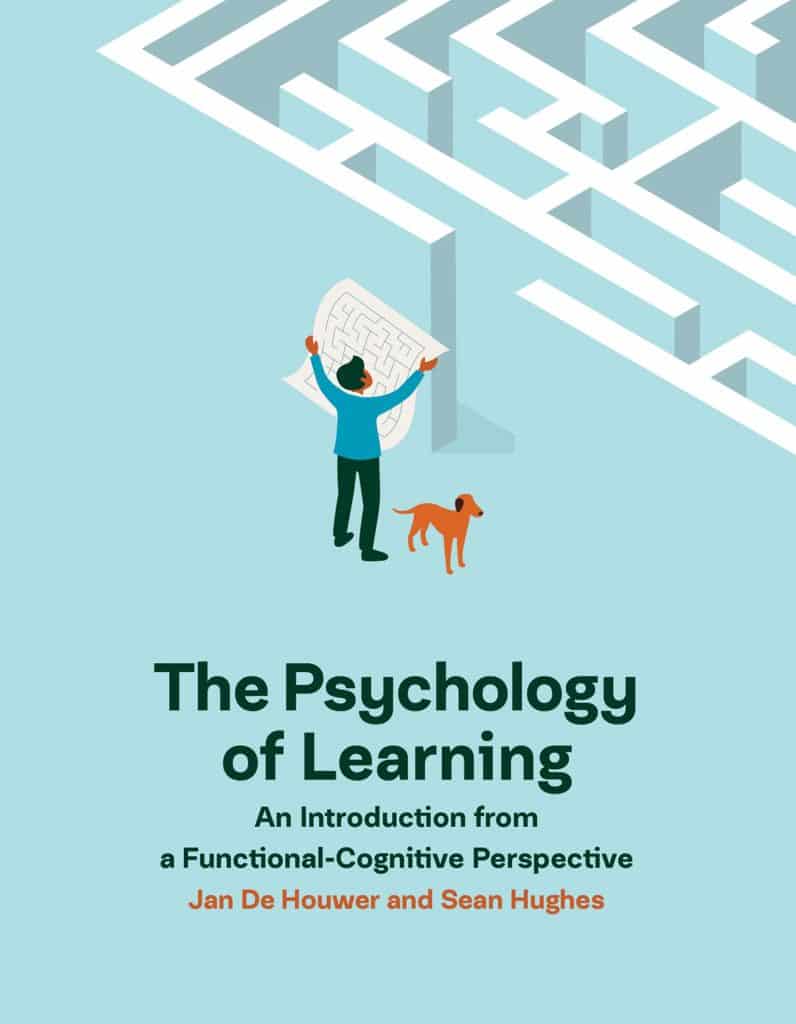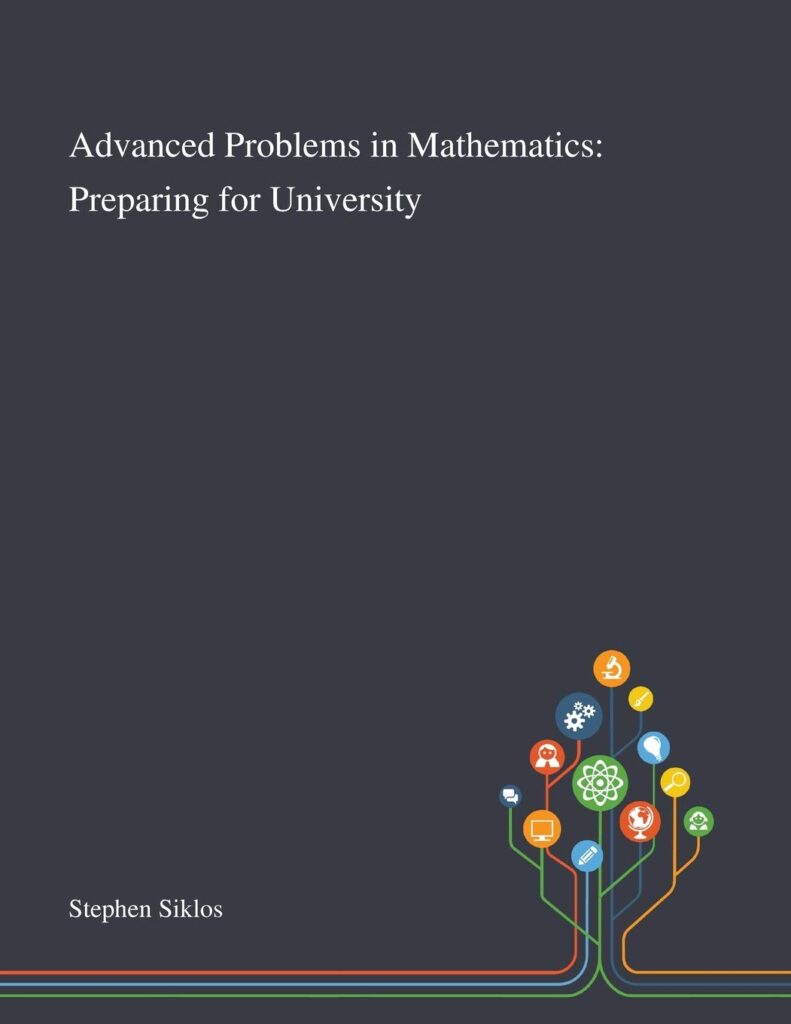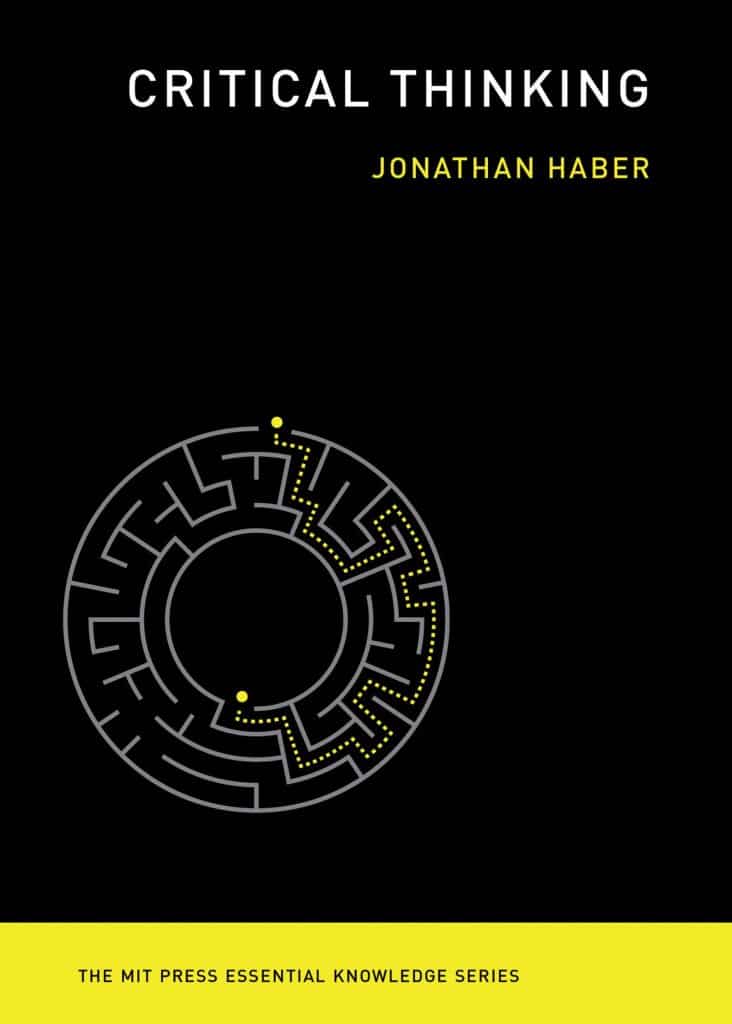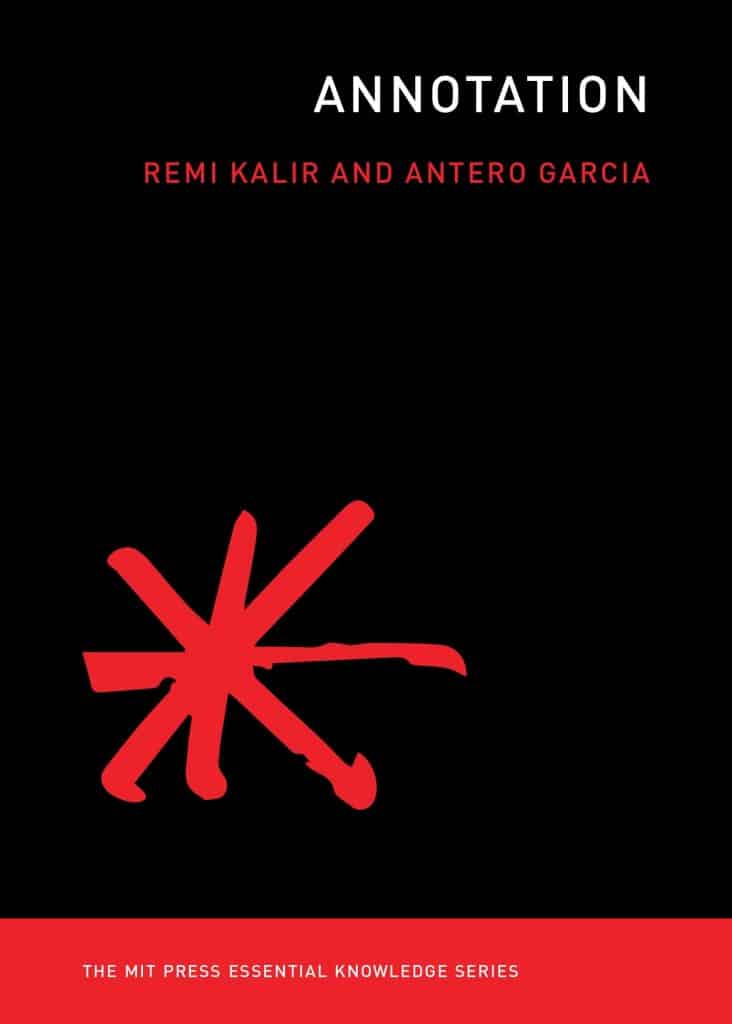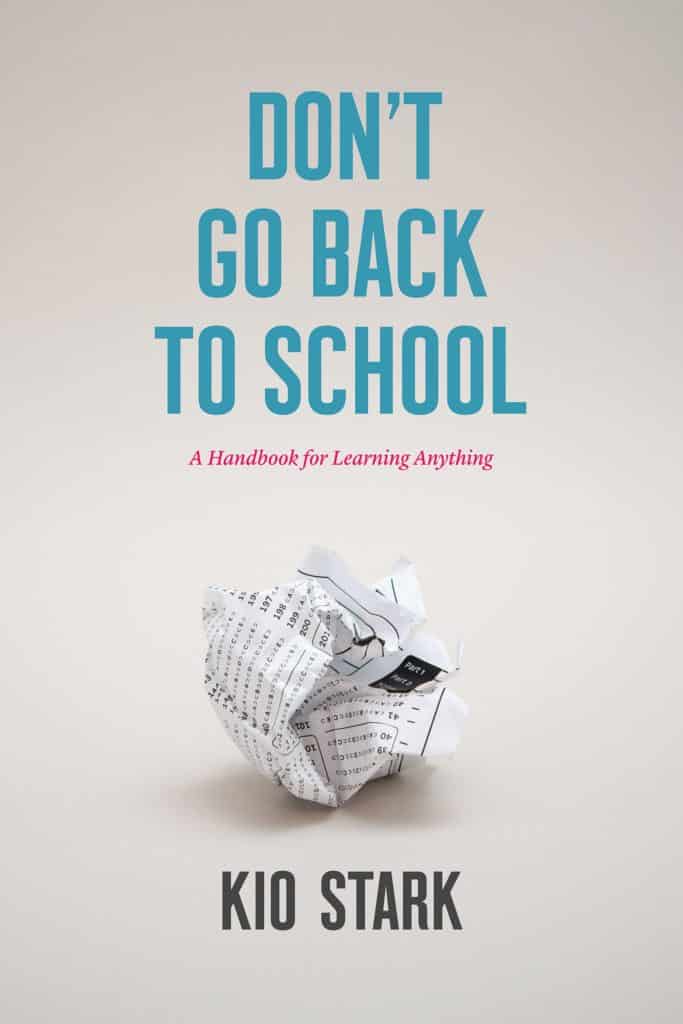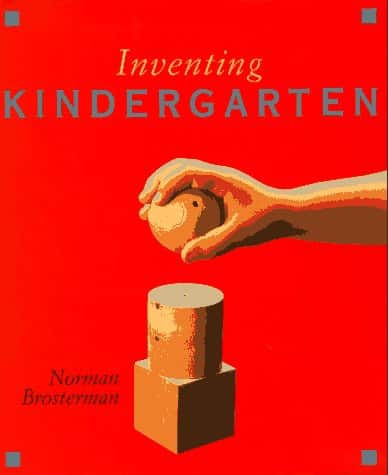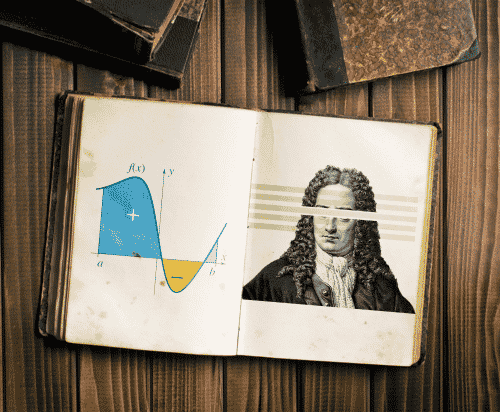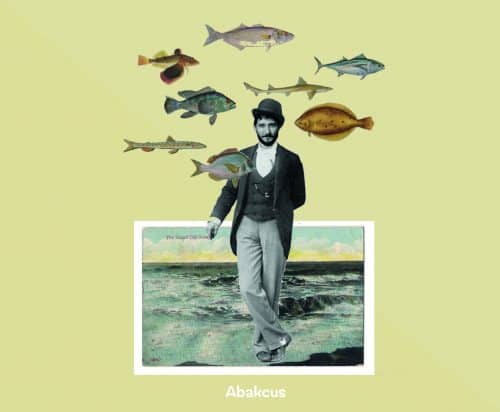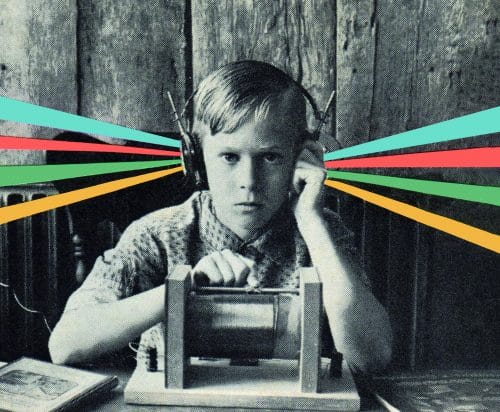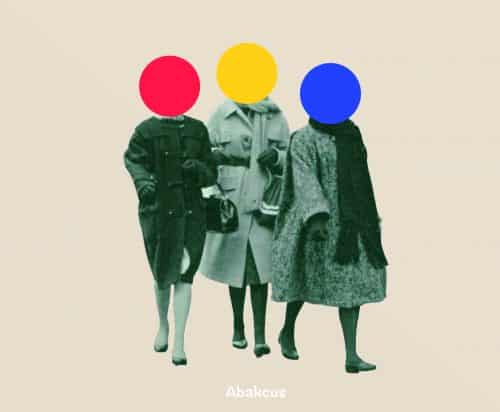Master educators keep writing books for teachers because there are few jobs more courageous than becoming a teacher. And teachers have to come up with inspiring lesson plans, schedules, and homework.
Good teachers are lifelong learners, always looking to develop new skills and understandings. This year should be the time for more professional reading; reading is the most efficient professional development.
Where Do Teachers Find Books?
Fortunately, hundreds of books written by real teachers share real stories, tips, tricks, and motivation that will transition from college campus to a primary or secondary school teacher.
However, finding cheap books for classrooms can be a challenge. Sure, the school provides the standard texts, but if you want to buy a book, you must consider your budget! Other than used books, the best way to get the cheapest books is using Amazon Audible. Yes, Audible is the best and largest audible library. Moreover, you can try 30 days for free!
What are the Must-read Books for Teachers?
Here, I listed 20+ inspirational books for teachers recommended by master educators. This list has a little something for everyone, such as classroom management strategies, race issues, being a teacher during the digital age, and more. I believe every teacher should spend some time reviewing these carefully-selected books to stay up to date.
Are traditional educational systems holding us back? Renowned educational technology expert Mitchel Resnick certainly thinks so. In his groundbreaking book, “Lifelong Kindergarten,” Resnick challenges the status quo and argues that the kindergarten approach to learning is the key to success in our rapidly changing society.
Resnick, known for his work on innovative projects like LEGO Mindstorms robotics kits and the Scratch programming software, believes that kindergarten-style learning is not just for young children but for learners of all ages. Drawing inspiration from Friedrich Froebel, who revolutionized education with the first kindergarten in 1837, Resnick outlines how this approach fosters creativity and equips individuals with the skills needed to thrive in an unpredictable world.
Is the current educational system preparing our children for the future, or is it stuck in a bygone era? Resnick challenges conventional thinking and argues that we should prioritize helping young minds develop their ideas, goals, and strategies instead of merely following instructions and rules.
From a personal standpoint, Resnick’s ideas hit close to home. As a parent of a six-year-old, the urgency to promote a growth mindset and encourage experimentation for my daughter’s future is palpable. And from a professional perspective, Resnick’s belief in creative thinking as the key to navigating a rapidly changing world resonates strongly. Unlocking our creative potential and embracing a mindset of agility and innovation could be the key to shaping the future.
To summarize, it’s time to rethink education and embrace the limitless power of kindergarten-style learning. Lifelong Kindergarten is an insightful book for anyone who wants to be a lifelong learner. It dives into how people can stay creative and engaged with life through exploration and play. He covers topics such as technological tools, creativity, collaboration, and constructionism which provide insights into how people can create meaningful experiences throughout their life.
Jan De Houwer’s The Psychology of Learning offers a comprehensive look into the intricate mechanisms of learning that unite all living things, from basic microorganisms to complex humans. With a rich history spanning over a century of psychological research, this book masterfully bridges the gap between behavior analysis and cognitive science, making it a valuable resource for students, researchers, and anyone keen to understand the science behind learning.
Throughout the book, boxed text sections extend the discussion on particular themes, offering deeper insights and encouraging readers to explore topics further.
The Psychology of Learning is versatile in its appeal. It serves as an introductory textbook for undergraduate and graduate students studying the psychology of learning. Additionally, researchers focusing on behavior and cognition will find it a valuable reference guide.
Jan De Houwer’s The Psychology of Learning is a meticulously researched and thoughtfully written book that offers profound insights into the mechanisms of learning. By integrating functional and cognitive approaches, it provides a holistic view of how we learn and how this knowledge can be applied to enhance human wellbeing. Whether you’re a student, a researcher, or simply curious about the psychology of learning, this book is a must-read.
“
This book is meant to assist candidates in getting ready for admission exams in math and science, including STEP (Sixth Term Examination Paper). The Cambridge colleges base their conditional offers on the STEP exam. Warwick University also uses them, and many other mathematics departments advise their applicants to prepare for the previous exams even if they decide not to take the test. Even for those who do not intend to take the Sixth Term Examination Paper, Advanced Problems in Mathematics is suggested as a prerequisite for any undergraduate mathematics subject.
The syllabus for Papers I and II, which is primarily the A-level core (i.e., C1 to C4) with a few changes, is addressed by the questions that make up this book. They are all based on recent STEP questions that were chosen for this purpose. A comment and a comprehensive answer are provided for each query. The reader’s attention is drawn to important details in the comments, which also place the query in its proper mathematical context. The answers guide students toward the approach needed to solve complex mathematical issues thoughtfully and on their own. Every student who plans to pursue a science major in college or who has an interest in advanced mathematics should read this book.
“All of us who need to or wish to increase our comprehension of math should read the new edition of MATH MAGIC. Flansburg, who may have changed your perception of math, makes math simple and enjoyable.
According to Scott Flansburg, there aren’t “mathematical illiterates,” only those who haven’t figured out how to use arithmetic to their advantage. However, millions of financially prosperous individuals are terrified of balancing their checkbooks and are unable to calculate the interest on their savings or credit cards. Millions of students fear taking the SAT math exam and detest their math sessions. However, as Scott Flansburg explains, anyone can overcome these fears and feel comfortable performing necessary everyday mathematical tasks. Discover how to:
• Be familiar with the fundamentals.
• How multiplication, division, addition, and subtraction actually operate
• Use estimation to make calculations simpler
• Quickly review your responses.
• Convert metric values to commonly used values.
• Calculate taxes, tips, and percentages—never be shorted again!”
Mathematics is a subject that can often seem intimidating and confusing to those who don’t deeply engage with it. But what exactly is math, and how does it work? In How to Bake Pi, Eugenia Cheng, a math professor, takes readers on a journey to explore the beauty of abstract mathematics. She uses recipes for dishes such as crispy duck and cornbread to illustrate the logic of math, offering an accessible introduction to the subject.
This book goes beyond formulas and symbols from high school math classes, inviting readers to explore cutting-edge mathematical research in a way that is engaging and easy to understand. Cheng’s writing is lively and her explanations are clear, making How to Bake Pi the perfect guide for anyone looking for a new way to appreciate mathematics.
Sometimes, political points regarding privatization, public benefit, democratic values, and government control are made using the issues and debates surrounding school choice. David Garcia provides a clear, impartial, and complete overview of school choice in this installment of the MIT Press Essential Knowledge series without resorting to partisan arguments. He begins by outlining the various options for schooling, such as homeschooling, private institutions, freedom-of-choice programs, magnet and charter schools, vouchers, and education savings accounts. The lengthy history of school desegregation and disagreements about the roles and responsibilities of government come across as two themes that are particularly poignant in the American school choice debate. Is education a public good benefiting society as a whole, or a private good, serving the interests of the individual?
The elimination of government bureaucracies, the introduction of competition into education through market forces, the promotion of parental choice, and the portrayal of school choice as a civil right are among the main justifications for school choice policies that Garcia describes and assesses. He reviews overall trends from the studies on the effects of school choice, and he then takes into account how school choice laws are expected to change. He points out that Betsy DeVos, the secretary of education for the Trump administration, is a supporter of school choice and that the budget allocations represent a deliberate break from long-standing government policies that give additional financing for low-income schools. Instead, new regulations encourage low-income families to completely forego attending public schools. This book will be a crucial tool for taking part in the discussions that will undoubtedly come after.
The ability to think critically is frequently regarded as crucial for success in the workplace and education in the twenty-first century. It may even be argued that critical thinking is essential to the survival of a democratic society, given our predisposition to believe false information, draw erroneous conclusions, and make decisions based on feelings rather than logic. But what does critical thinking actually entail? Jonathan Haber describes how the idea of critical thinking came to be, how it has been defined, and how critical thinking abilities may be taught and evaluated in this volume of the MIT Press Essential Knowledge series.
According to Haber, the phrase has its roots in the fields of science, psychology, and philosophy. Along with such crucial intellectual qualities as intellectual humility, empathy, and open-mindedness, he addresses the elements of critical thinking, such as organized thinking, language skills, background knowledge, and information literacy. He talks about how critical thinking has been defined by research, how it has been taught in many forms for centuries, and how teachers might currently impart critical thinking abilities.
According to Haber, the biggest problem with critical thinking today is that not enough people are engaging in it. Thankfully, critical thinking can be learned, developed, and assessed. This book includes recommendations for educational leaders and policymakers on making teaching and learning critical thinking an educational priority and a practical reality. It also gives guidance for teachers, students, and aspirant critical thinkers everywhere.
An everyday and social action, annotation—the act of adding a note to a text—provides knowledge, communicates opinion, initiates dialogue, conveys emotion, and facilitates learning. It aids in bridging the gap between reading and writing. This volume of the MIT Press Essential Knowledge series provides an introduction to annotation and its literary, academic, civic, and everyday significance in historical and contemporary contexts. It considers annotation as a genre, a combination of reading, thinking, writing, and communication, and provides instances of annotation ranging from medieval rubrication and early book culture to data labeling and internet reviews.
In today’s evolving educational landscape, the concept of learning is no longer confined to the four walls of a classroom. Kio Stark’s book, “Don’t Go Back to School: A Handbook for Learning Anything,” is an illuminating guide that challenges traditional schooling and reveals how anyone can acquire knowledge and skills without the need for a formal education.
The central theme of Stark’s book revolves around the notion that learning isn’t limited to the classroom. Stark argues that traditional schooling and college degrees are becoming increasingly unnecessary as more people find alternative ways to gain the instruction, inspiration, and understanding they need outside of institutional settings.
Based on extensive research and interviews with over 100 independent learners, Stark outlines how individuals from various backgrounds have successfully taught themselves everything they needed to know. The book offers actionable strategies and tools for anyone looking to become an independent learner, presenting a practical roadmap for self-education.
One of the most compelling messages in the book is that you don’t need to alter your lifestyle or financial situation to pursue education. Stark emphasizes that learning can be flexible and accessible, making it possible for anyone to gain the knowledge they need without the constraints of traditional education systems.
“Don’t Go Back to School” is more than just a motivational read; it’s a practical manual. It provides specific tactics and resources to help readers get started on their independent learning journeys. From online courses and community workshops to self-directed projects and peer learning groups, Stark offers a plethora of options to explore.
Don’t Go Back to School is a must-read for anyone considering traditional higher education but feeling the pull towards independent learning. Stark’s detailed research, combined with the inspiring stories of self-taught individuals, makes this book a crucial resource for modern learners.
If you’re ready to take control of your education and learn on your own terms, Kio Stark’s handbook provides the tools and motivation you need to succeed.
“The charismatic German educator Friedrich Froebel (1782–1852) created the first kindergarten, a groundbreaking educational program for kids, in the 1830s. By the end of the nineteenth century, it had spread around the world and become a well-known institution. It recreates the most effective system for educating young children about art, design, mathematics, and natural history ever created using outstanding visual material.
Aside from nature study, singing, dancing, and storytelling, kindergarten—a Froebel invention combining the German words for children and garden—involved playing with the so-called Froebel gifts, a series of 20 educational toys that gained enormous popularity in the nineteenth century and included building blocks, parquet tiles, origami papers, modeling clay, sewing kits, and other design projects.
Norman Brosterman, an architect and artist, narrates Froebel’s life story, explains his objectives and educational philosophy, and – most impressively – describes each gift, illustrating it with numerous examples of artwork created by nineteenth-century kindergarten teachers and students as well as diagrams from long-forgotten kindergarten textbooks.
Brosterman demonstrates how this extensive training program might have impacted the development of art history in a part of the book devoted to the history of abstract art and modern architecture. He shows how the design principles of kindergarten anticipated modern conceptions of the aesthetic power of geometric abstraction by using examples from the works of significant artists who attended kindergarten, including Georges Braque, Piet Mondrian, Paul Klee, Wassily Kandinsky, Frank Lloyd Wright, and Le Corbusier, among others.”



